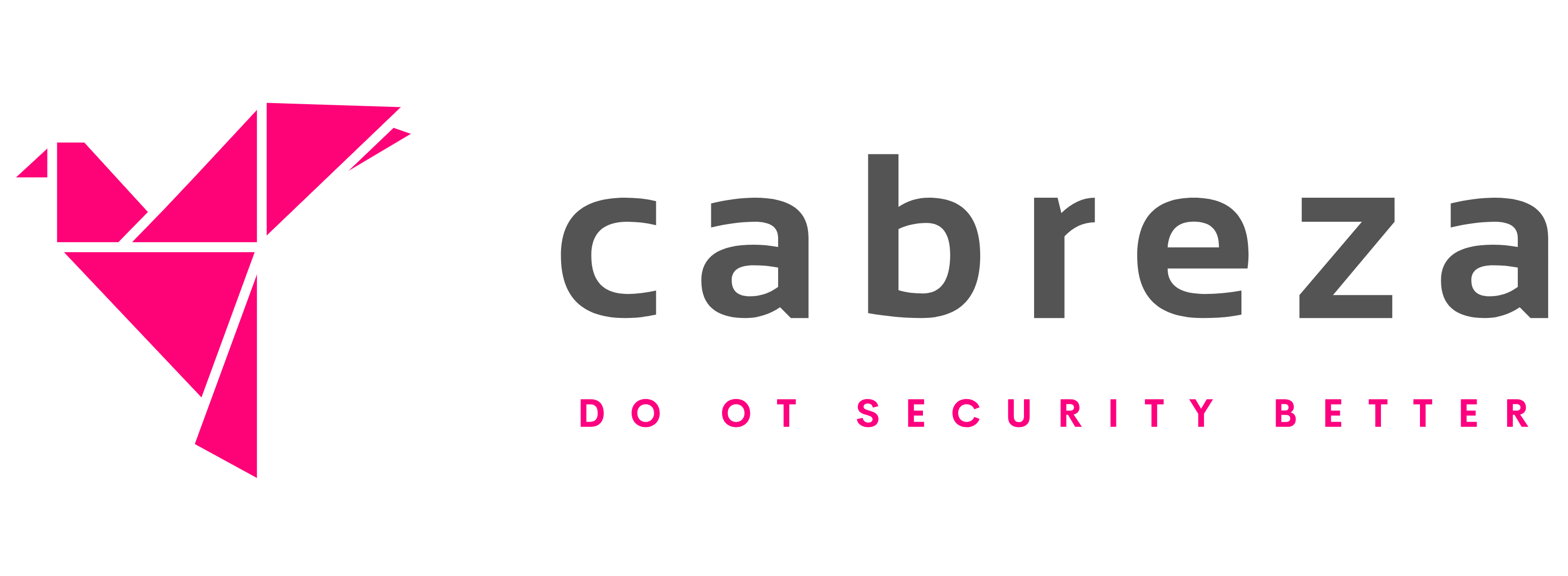
Pharmaceutical



Pharmaceutical
Pharmaceutical companies operating in the US and/or EU faces significant OT security challenges due to its strict regulatory environment, reliance on precision-controlled manufacturing processes, and the sensitive nature of its intellectual property and product integrity.
Pharmaceutical facilities utilize OT systems such as Distributed Control Systems (DCS), Building Management Systems (BMS), and automation platforms to manage everything from batch processing and cleanroom conditions to packaging and serialization.
These systems are often tightly coupled with enterprise IT systems, increasing exposure to cyber threats like ransomware, data tampering, and supply chain attacks. A successful breach can compromise product quality, halt production, or lead to regulatory violations—jeopardizing public health and causing major financial and reputational damage.
Regulatory frameworks such as the FDA’s 21 CFR Part 11, EU Annex 11, and cybersecurity mandates under the NIS2 Directive require robust controls around data integrity, traceability, and system availability.
Additionally, the sector’s heavy use of third-party contract manufacturers and logistics partners introduces further risk.
To meet these demands, pharmaceutical companies must implement a layered OT security strategy that includes rigorous access control, system hardening, continuous monitoring, and alignment with GxP (Good Automated Manufacturing Practice) requirements—ensuring both cyber resilience and regulatory compliance without disrupting critical drug production workflows.






